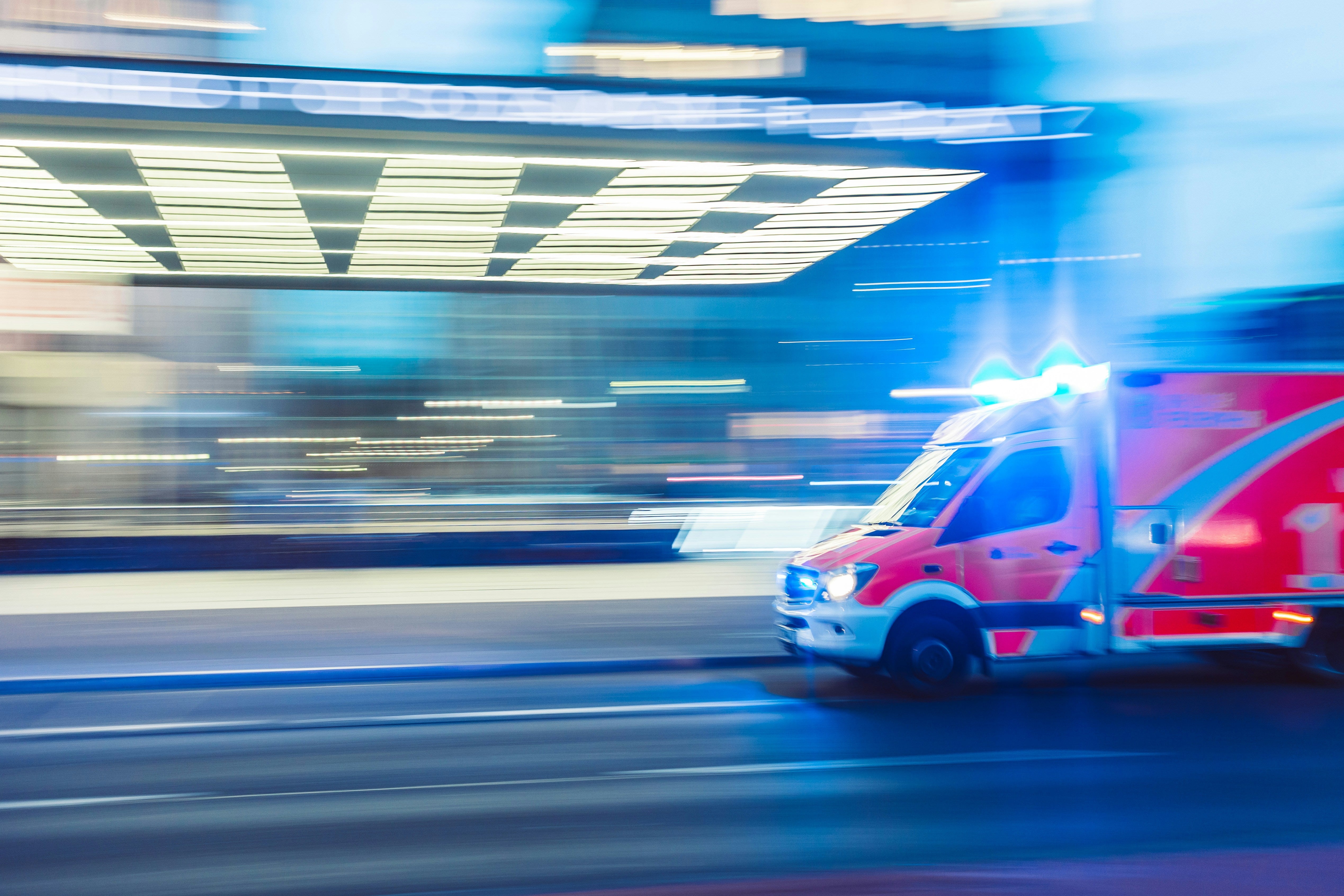What’s in your Bug Out (Or Bug In) Bag?

Emergencies can happen anywhere and anytime. Have a bug-out (or bug-in) bag stocked with each member of the family’s necessities.
While working through this list below are a few things to consider:
Age, sex, and health of each family member-remember to include pets.
For instance,
- Infants- need diapers, diaper rash cream, any formula, bottles, clean water, infant thermometer, bottles, sippy cups, wipes, etc.
- Young children- pain, fever, and allergy meds, any daily medications,
- Teens and adults- girls/women- period supplies, pain and fever meds, and daily medications.
- Disabled/elderly- hearing, sight, and mobility devices, special equipment.
- Pets- food, water, etc.
- Geography- Is your area prone to tornadoes? Wildfires? Flooding?
- Long-term planning and preparation- Food, water, shelter, extra cash on hand, medications (first aid kit)
- Create an Emergency Plan:
- Communication Plan:
- Establish a communication plan with family members and close friends. Designate a point of contact who lives out of the area in case local communication is disrupted.
- Ensure everyone has a list of emergency contacts with phone numbers and addresses.
- Evacuation Plan:
- Determine evacuation routes from your home and workplace. Practice these routes with your family.
- Identify emergency shelters in your area and have a plan for where you'll go if you need to evacuate.
- Laminated physical maps are important. Given the precarious nature of our grid and satellites, you don’t want to depend on these for direction.
- Special Needs:
- Consider the needs of family members with special requirements, such as infants, the elderly, or individuals with disabilities.
- Plan for necessary medical equipment, medications, and supplies.
- Prepare an Emergency Kit:
Assemble a well-stocked emergency kit that can sustain you and your family for at least 72 hours. Include items such as:
- Non-perishable food and water (3 gallons per person per day).
- Portable water filter such as this one: Portable water filter
- Flashlights, batteries, and a battery-powered or hand-crank radio.
- First-aid supplies- Check out our Medical Emergency Kit with Epi-pen
- Clothing and blankets. Remember socks, extra change of clothes, etc.
- Personal hygiene items.
- Important documents (IDs, passports, insurance policies, and medical records) in a waterproof container.
- Cash in small denominations.
- Tools and supplies (multi-tool, duct tape, matches, etc.).
- Stay Informed:
- Keep a battery-powered or hand-crank weather radio to receive emergency alerts and updates.
- Sign up for emergency alerts and notifications from local authorities and agencies.
- Stay informed about the types of emergencies that are most likely to occur in your area.
- Know Your Local Risks:
- Keep informed about the types of emergencies that commonly occur in your region, such as earthquakes, hurricanes, floods, wildfires, or severe storms.
- Learn about the specific risks and preparedness measures for each type of emergency.
- Assemble supplies you may need to mitigate damage to your home. (boards for windows in case of hurricane, etc.)
- Practice Emergency Drills:
- Regularly practice fire drills at home.
- Conduct emergency evacuation drills with your family.
- Make sure everyone knows how to turn off utilities (gas, water, electricity) if needed.
- Secure Your Home:
- Retrofit your home for safety, such as securing heavy furniture and appliances to prevent them from tipping during an earthquake.
- Install smoke detectors and carbon monoxide detectors. Test them to make sure they are still working every 6 months. and replace batteries regularly.
- Consider installing surge protectors to safeguard electronics.
- Know where the shut-off valves are for your water, gas, and electricity and how to shut them off if needed. Make sure your able-bodied family members know this also.
- Build a Community Network:
- Get to know your neighbors and this. emergency plans with them.
- Form a neighborhood emergency response team.
- A great way to initiate contact is a neighborhood potluck. At the potluck exchange phone numbers and any pertinent information.
- Stay Prepared Year-Round:
- Regularly check and update your emergency kit, replacing expired items.
- Review and update your family's emergency plan at least once a year.
- Hold drills if you were to evacuate- rehearse how to get out of a burning building, and where to meet when out. Make these activities enjoyable. Frightened children will hide in the event of a fire or other household emergency, making it difficult for firefighters and EMS to locate them.
- If you have small children, schedule a field trip to your local fire department. Allow the children to meet and see what the equipment looks like.
Remember that being prepared can make a significant difference in how you and your family can safely navigate and recover from an emergency or disaster. Tailor your preparations to the specific risks in your area and stay informed about changing conditions.
Decision and Preparation Worksheet
Below is a worksheet you can download and print. Take your time filling it out and use the blank list sections below to help you plan and prepare. Each circumstance and where you live are going to bring vastly different answers. There is no one-size-fits-all preparation plan.
Written by Brooke Lounsbury




